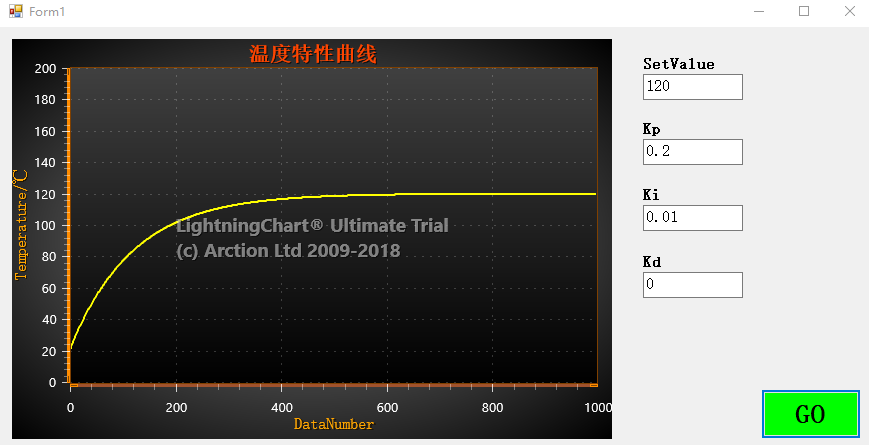Student Case Study: Temperature Line chart in C# with LightningChart
The need I had for the project was to find a charting control to plot real-time temperature data. I tried many controls, including those which were recommended to me on different forums. However, after I tried them all, the result was still not good. Therefore, I continued searching, and I found the perfect charting control – LightningChart.
I would like to share the process of how to draw an ideal temperature line chart by using LightningChart.
Firstly, I would like to show the final chart rendering, so you can see immediately if this kind of chart is suitable for your project or not.
Still, the information about such a powerful .NET component was not so easy to find on the internet. I am a university student and spent a lot of time searching for solutions for my school project. Luckily I found LightningChart, and I sincerely hope more professional developers can use this component and share more coding experience with the students like me.
Author: Pengkun Zhao, student at Northeastern University in China.




